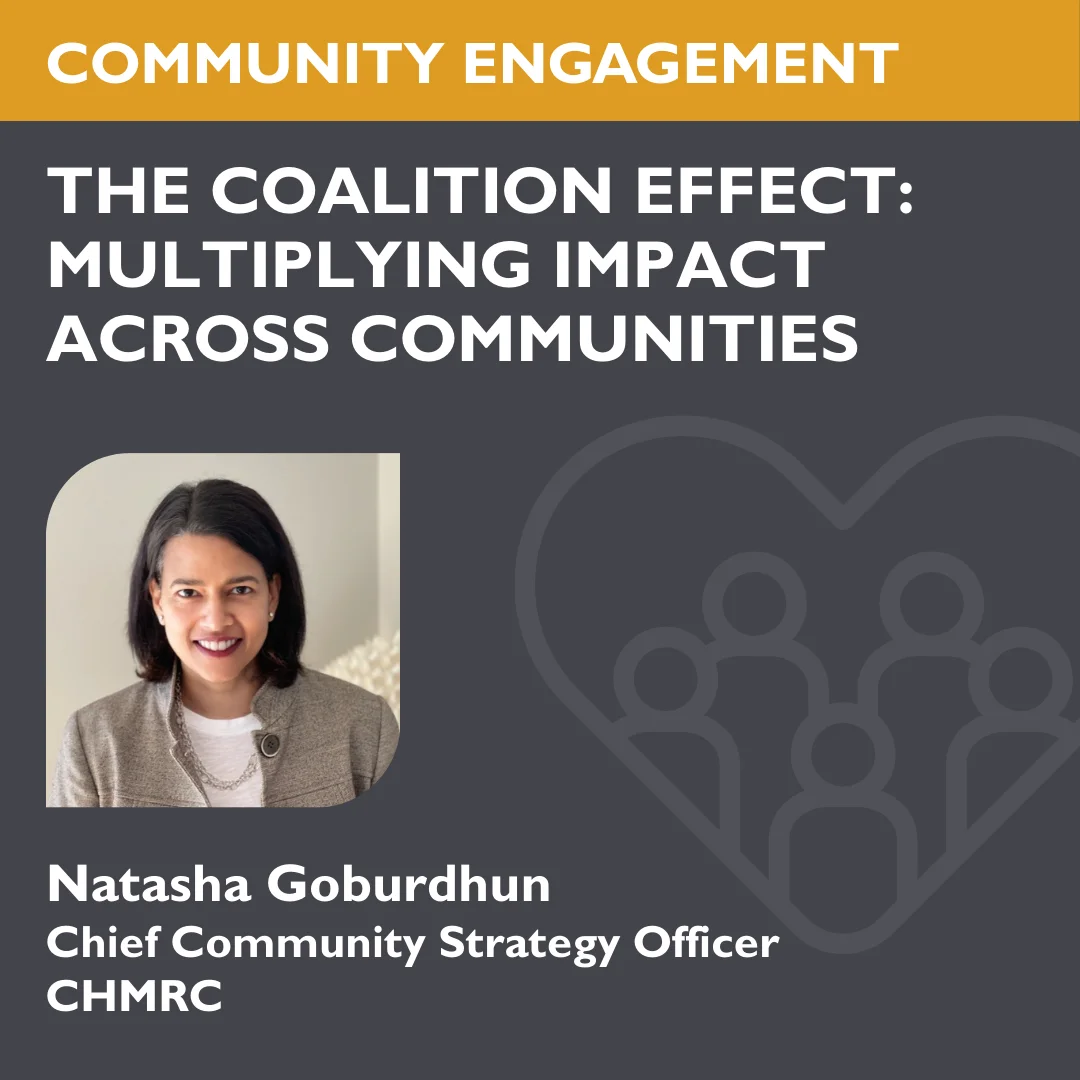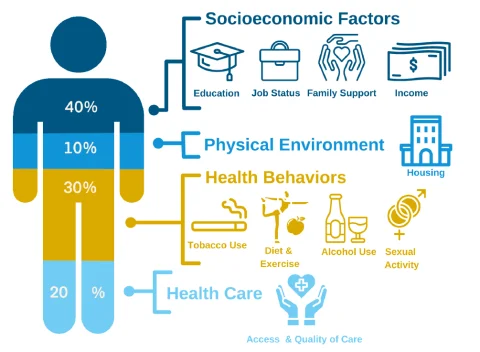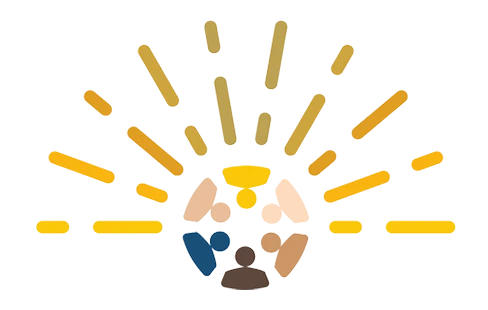
By Natasha Goburdhun | Chief Community Strategy Officer
Community organizations have long worked to connect people not just with medical care, but with the everyday essentials that make health possible like housing, food, transportation, and support. These health-related social needs (HRSNs) aren’t new, and neither is the work being done to address them.
More than 80% of a person’s health outcomes are influenced by social and economic factors, not clinical care.

Source: https://www.uclahealth.org/sustainability/our-commitment/social-determinants-health
Across the country, we’ve seen local leaders try new ways to meet those needs, from resource hubs to referral networks to localized food distribution through gardens/farms. There’s no single solution, but a clear pattern has emerged: communities that collaborate get further, faster.
In my work with coalitions across the country, I’ve seen the difference it makes when CBOs align instead of working in silos. Even small shifts in coordination can lead to major breakthroughs in outcomes.
Why Coalitions Work
When local organizations come together, they create something bigger than the sum of their parts. Coalition work unlocks:
- Better coordination. Services align, duplication decreases, and community members get connected faster.
- Greater reach. Funders and health systems are more likely to support coalitions that can demonstrate collective impact.
- Easier access. Seamless handoffs and shared care models reduce the burden on those already facing major challenges.
What Makes Coalitions Stick
Effective coalitions don’t happen by accident, they’re built with care and consistency. Here are four challenges many face:
- Trust. True collaboration starts with transparency, shared goals, and mutual respect.
- Competing priorities. Strong coalitions create space to balance individual missions with collective progress.
- Burnout. Sustainable coalitions plan for staffing, funding, and succession, so the work doesn’t stop when champions move on.
- Accountability. Intentions matter, but outcomes matter more. Clear metrics and shared data are essential.
- Lack of Clear Governance. Defining roles, responsibilities, and decision-making – not to add more red tape, but to create shared ownership, prevent power imbalances and ensure resources are used efficiently.
Four Pillars for Stronger Coalitions
What sets lasting coalitions apart?
- Broad partnerships. Bring in health, housing, education, business, and community voices.
- Aligned strategies. Use hyper-local data (e.g., census tracts and block groups) to set priorities and adjust as conditions evolve.
- Clear value. Show what’s working through metrics and stories.
- Staying power. Diversify funding and build resilient systems that grow with your community.
True collaboration means no one carries the full weight alone. If you’re in the thick of this work, know you’re not alone. I’m always happy to connect, swap lessons, or support where I can. This work is hard, but we don’t have to do it in isolation. Whether you’re forming a new coalition, strengthening an existing one, or wondering how to move from idea to impact, we’re here to help. Reach out to us!

 CHMRC Community Network
CHMRC Community Network